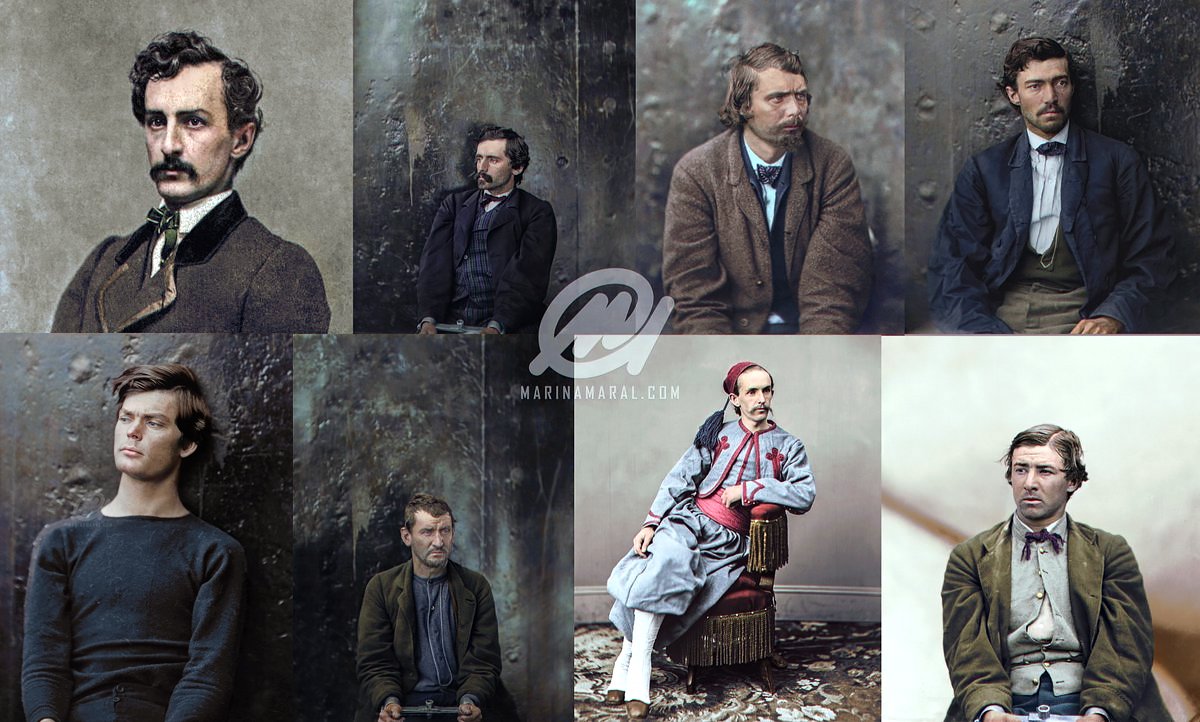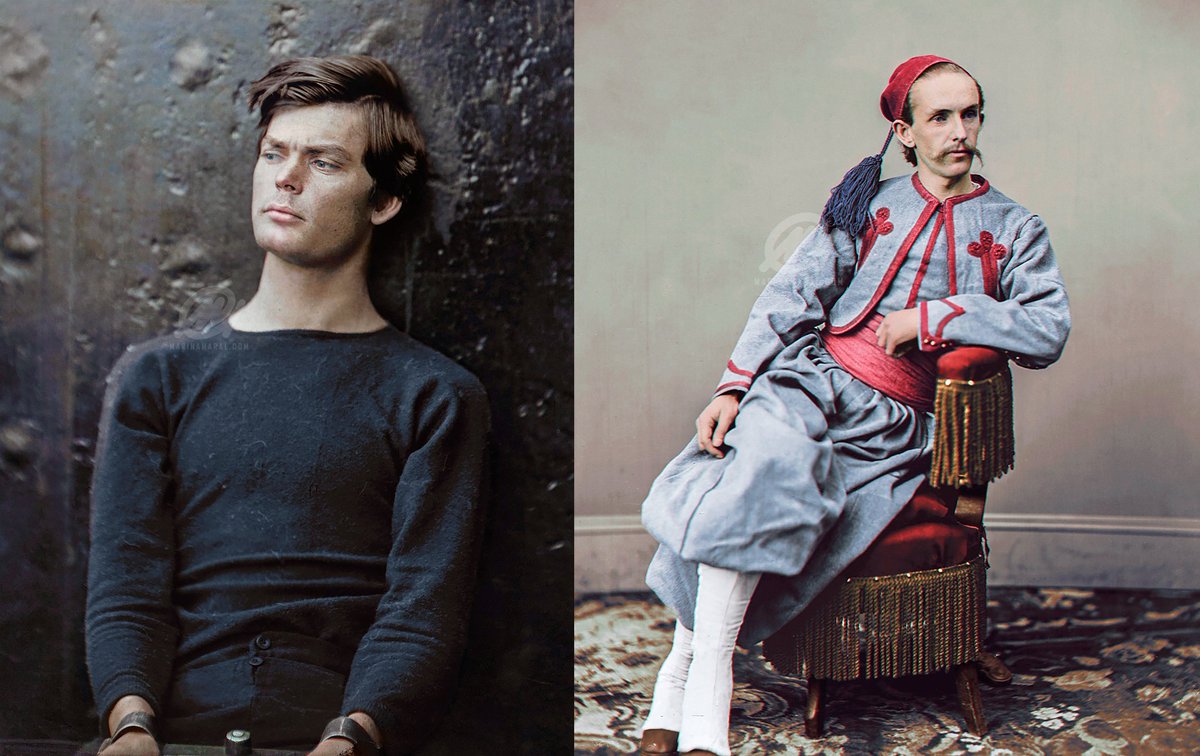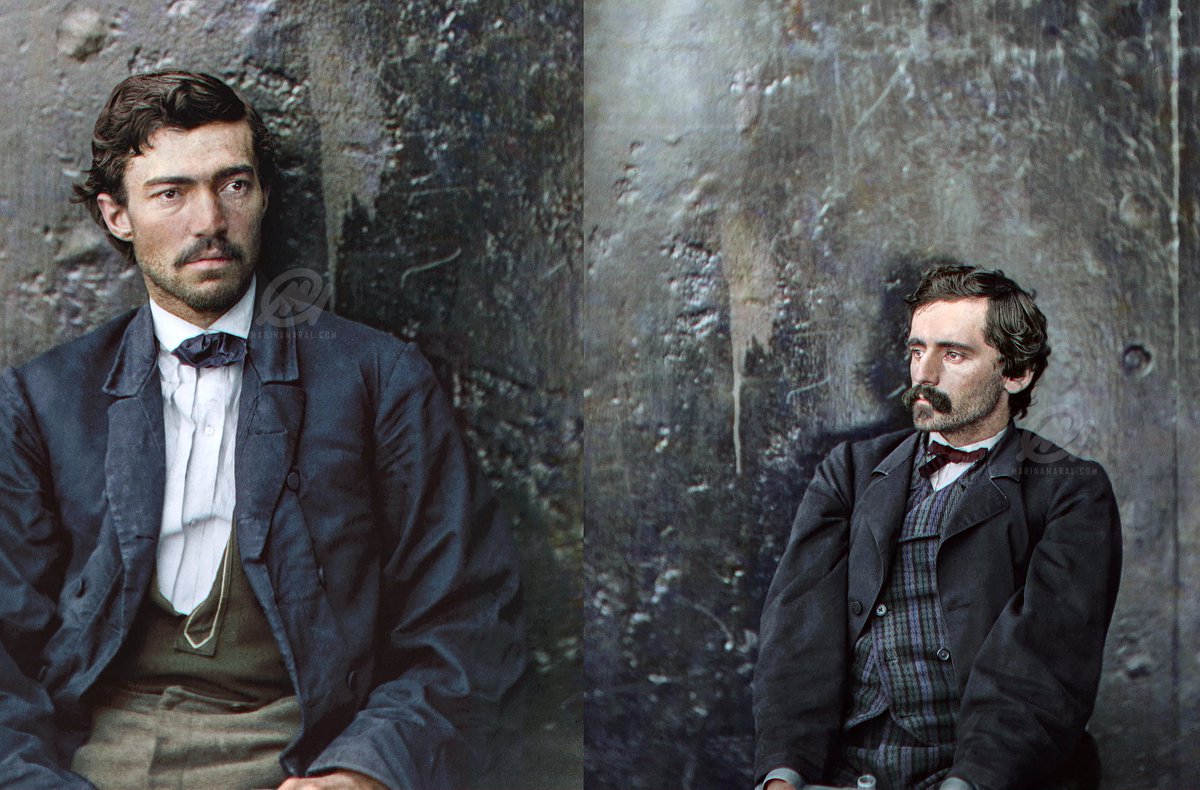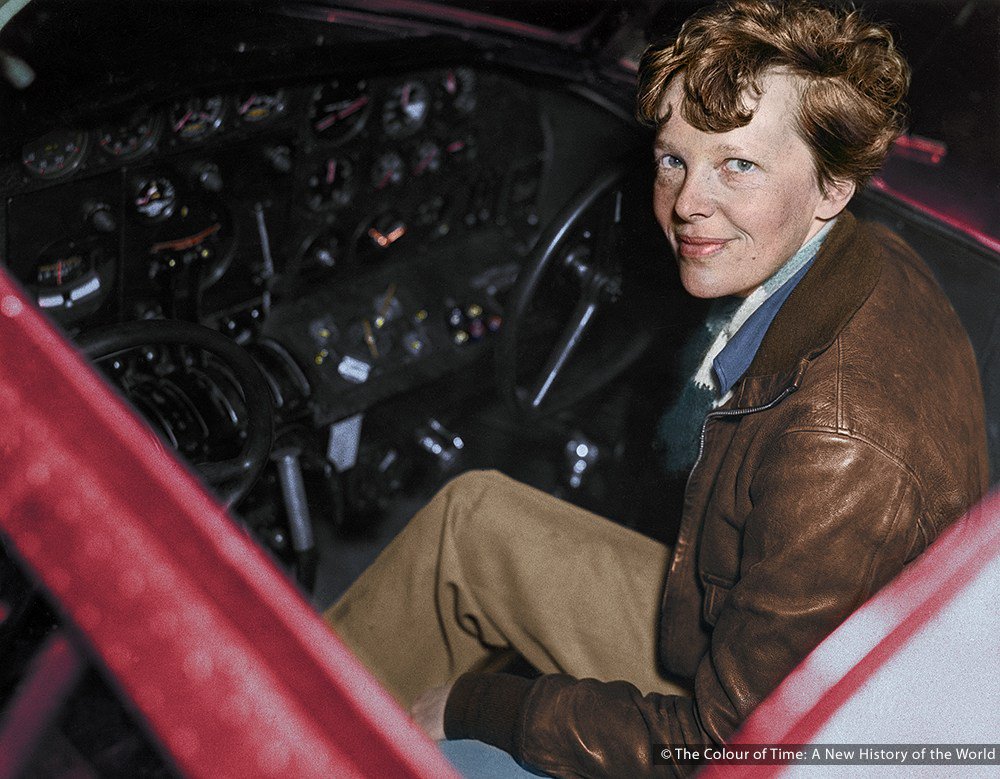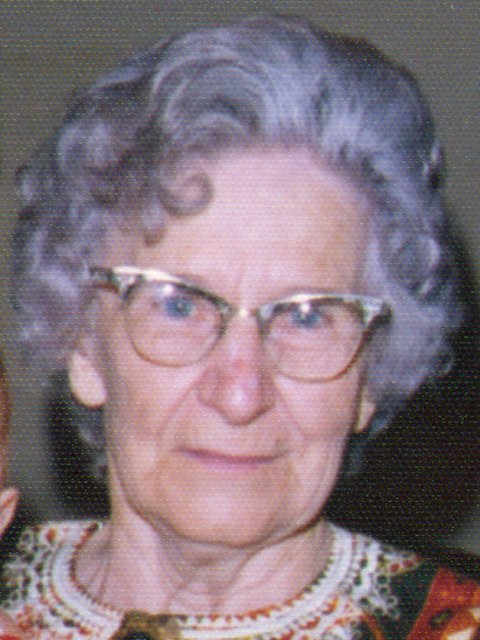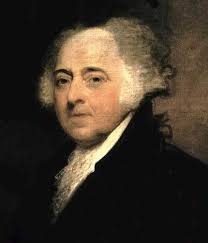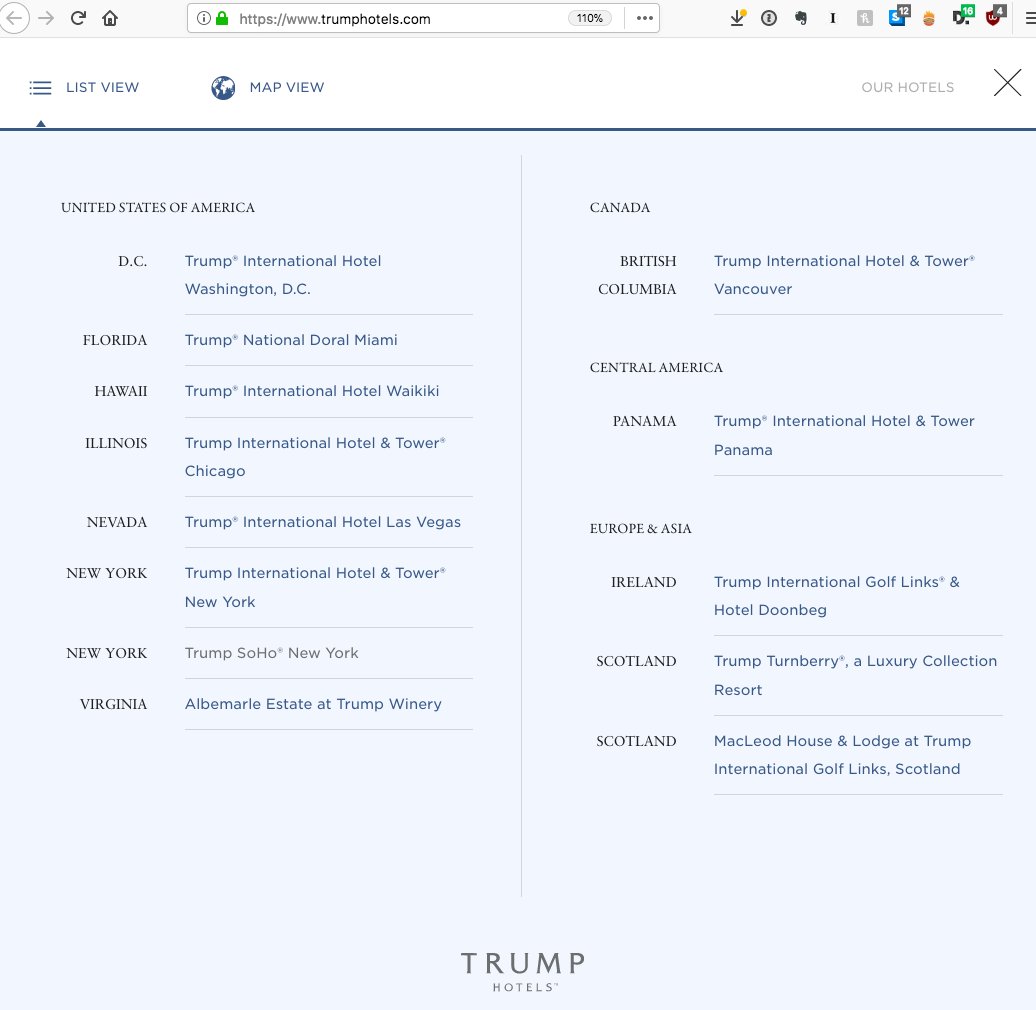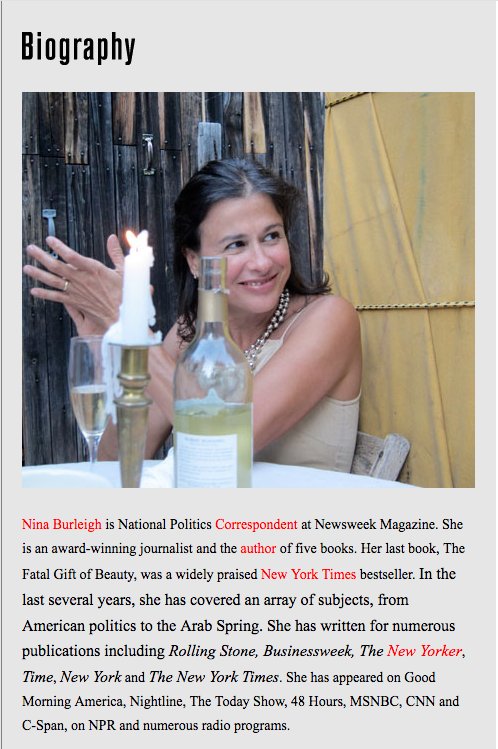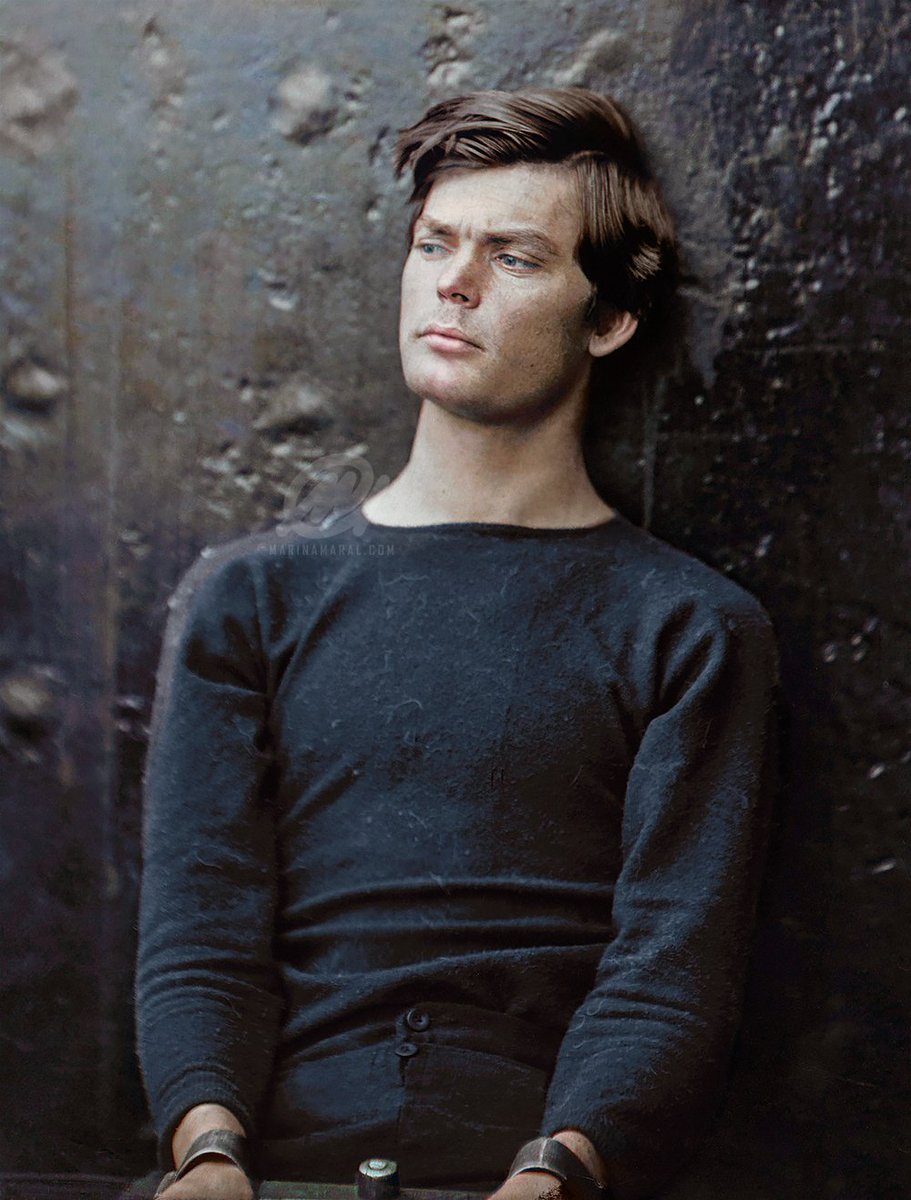
His role in the plot almost came to an end when, on March 12, 1865, he beat a black maid at the Branson boarding house. She had him arrested and accused him of being a Confederate spy.
The day before Powell was released, John Surratt sent a telegram to Parr in Baltimore, telling him to send Powell immediately to Washington.
Powell shouted, "I'm mad! I'm mad!" and fled the room. He was confronted by State Department messenger Emerick "Bud" Hansell in the hallway.
Powell's exact movements from the time he was seen cantering up 15th Street until the time he appeared at the Surratt boarding house three days later are not clear.
Powell then headed for Surratt's.
Herold surrendered, but Booth cried out, "I will not be taken alive!"
Booth told the soldier, "Tell my mother I died for my country."
Samuel Mudd, Samuel Arnold, and Michael O'Laughlen were sentenced to life in prison.
Edmund Spangler was sentenced to six years.
Mary Surratt was the first woman executed by the United States government.

The jury could not reach a verdict and he was released.
1 - Thanks to information found on testimonials and with @BoothieBarn's help, I was able to reproduce the actual colors of their clothing.
2 - I colorized the photo of the hanging for The Colour of Time, but we had to drop it due to lack of space.
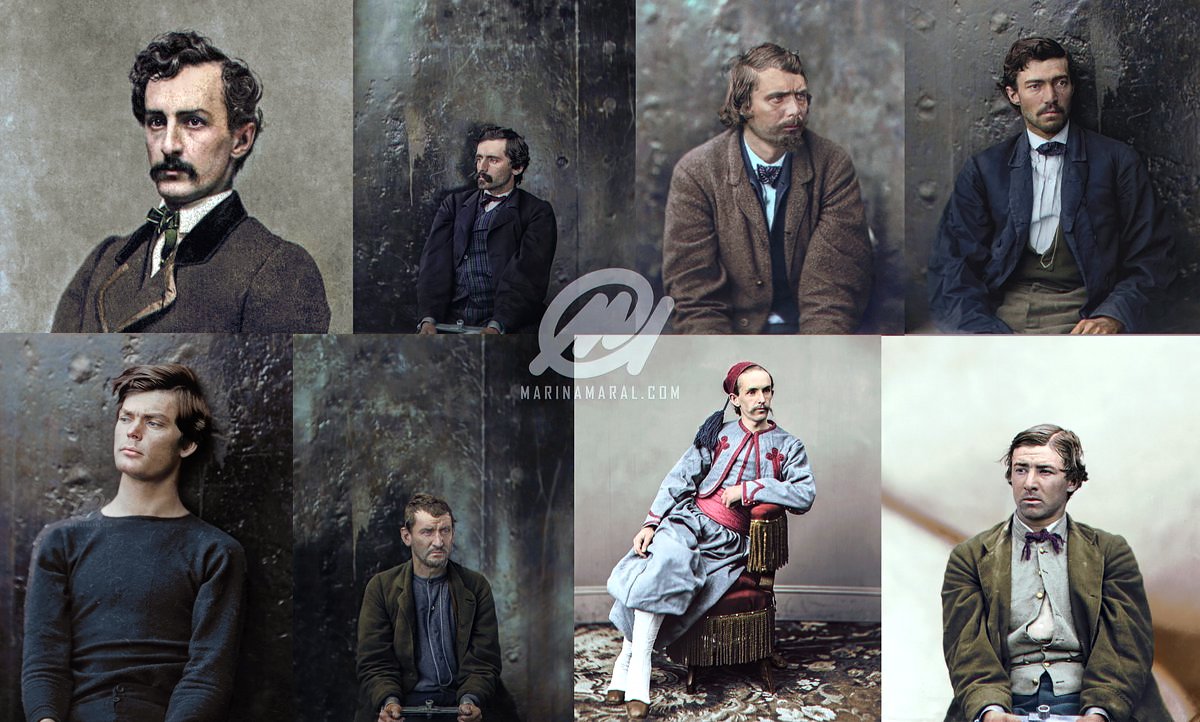
This thread was huge, but hopefully, you learned something new today!
*DID I MENTION THAT IT WILL BE OUT IN JUST A FEW WEEKS?*
amazon.co.uk/Colour-Time-Hi…
- Why October?
- Because that's when I'll be in the UK to sign them. The copies are signed by @dgjones too. x
goldsborobooks.com/product/the-co…

